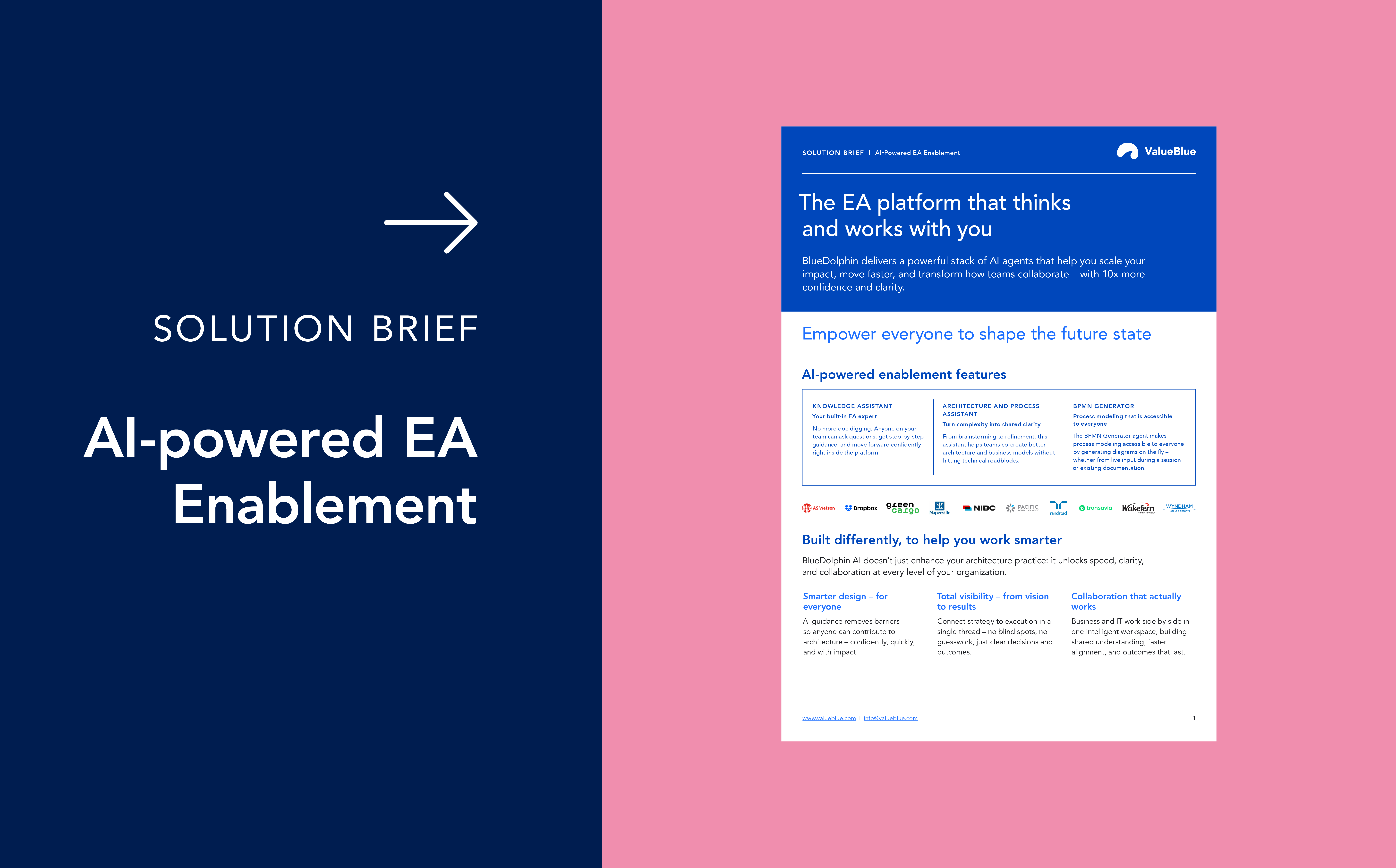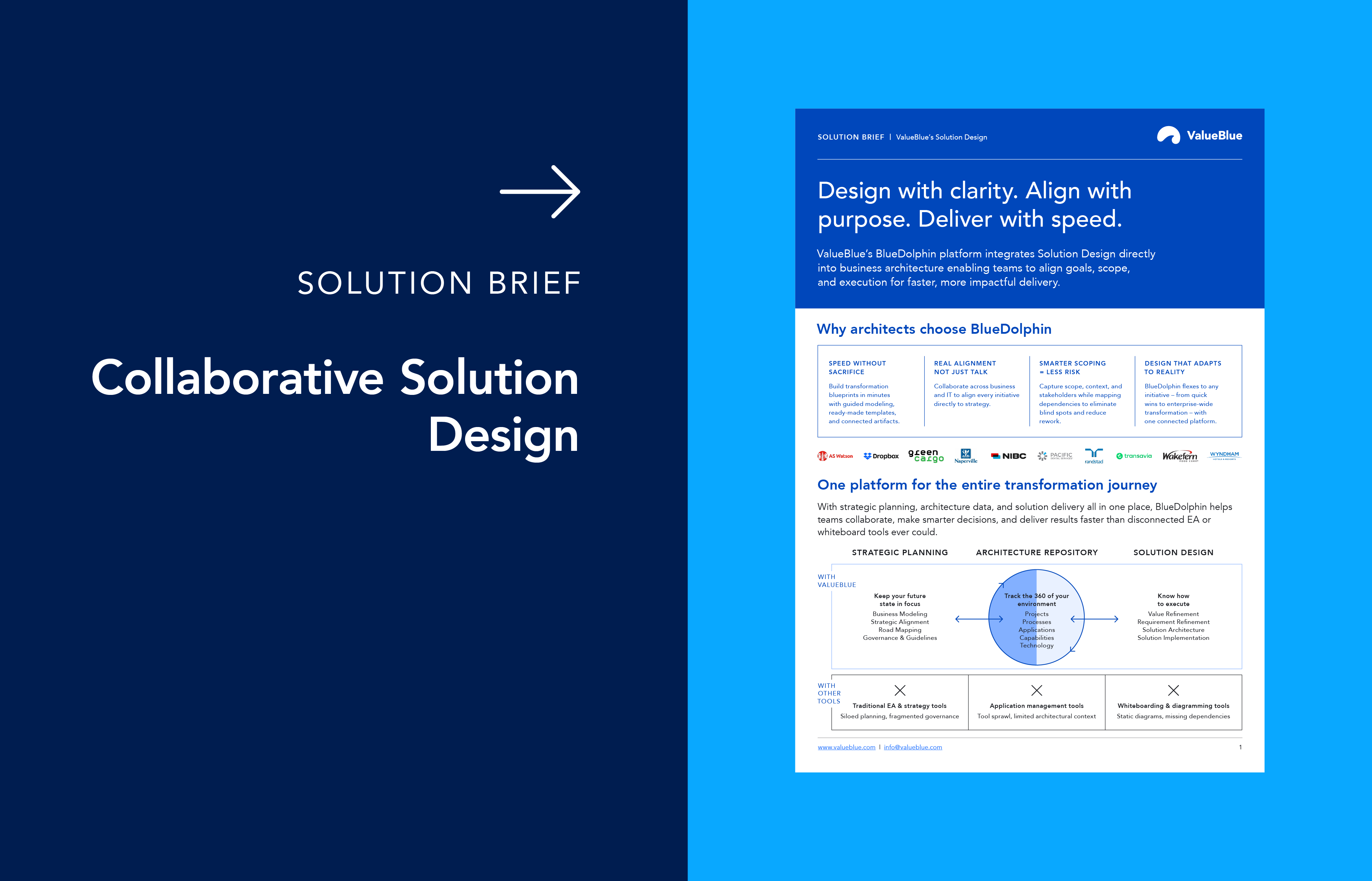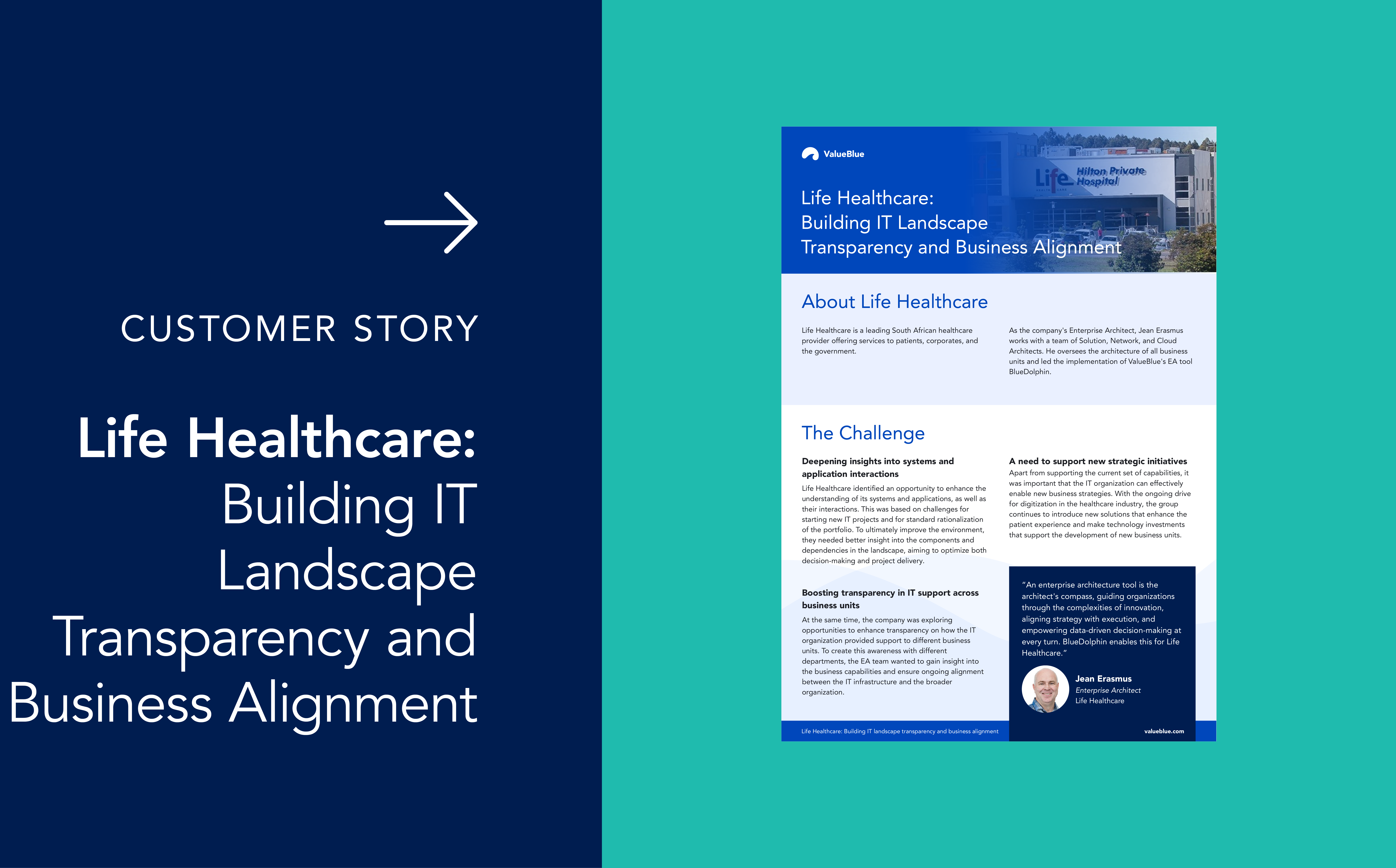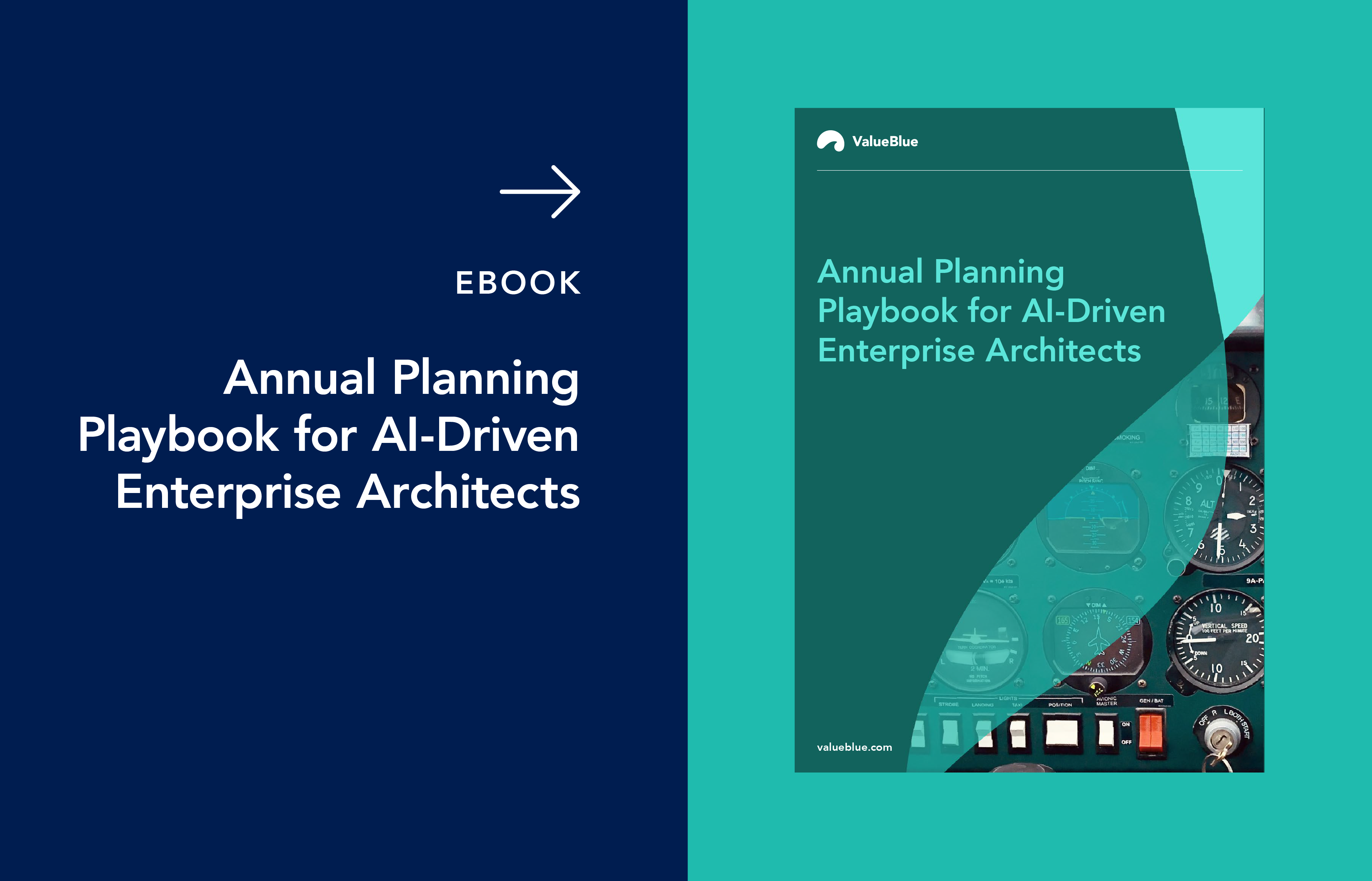Top 10 Cloud Migration Challenges (and Expert Tips to Overcome Them)
Cloud migration is now a key move for businesses aiming to stay competitive, agile, and efficient. But the road to the cloud is rarely straightforward. Many companies encounter unexpected obstacles that can slow progress or threaten the entire project. These challenges are especially tough for organizations with complex Enterprise Architecture, where legacy systems, regulations, and tangled dependencies make things even trickier.
In this guide, we’ll break down the top 10 cloud migration challenges and share practical, straightforward tips to help you tackle each one and make your migration a success.
1. Lack of a clear migration strategy
One of the companies' biggest mistakes is diving into cloud migration without a solid plan. It’s easy to underestimate how complicated it can be to move Enterprise Architecture to the cloud. Without a clear strategy, teams can get out of sync, deadlines slip, and resources get wasted. The result? A migration that doesn’t deliver what you hoped for.
Expert tip:
Start with a detailed migration roadmap. Lay out your goals, timelines, and what success looks like. Assess which workloads are ready for the cloud and decide if you’ll lift, shift, re-platform, or refactor. Get both business and IT stakeholders involved early on so everyone’s pulling in the same direction.
2. Cost management and unexpected expenses
The cloud’s pay-as-you-go model is appealing, but costs can quickly spiral if you’re not careful. Many organizations get hit with “bill shock” after migration thanks to hidden fees, over-provisioned resources, or inefficient setups – especially when moving complex enterprise architecture.
Expert tip:
Use cloud cost monitoring tools to monitor spending in real-time. Set budgets and alerts for each project or department, and regularly review what you’re using. Cut out anything that’s sitting idle or underused. Pick pricing models that fit your usage – like reserved instances for steady workloads – to keep costs in check.
3. Data security and compliance risks
Security is always at the top of mind when moving to the cloud, especially for companies handling sensitive data or working in regulated industries. A simple misconfiguration, unauthorized access, or missing a compliance requirement like GDPR or HIPAA can lead to breaches and hefty fines.
Expert tip:
First of all, choose cloud providers with recognized security certifications. Also, encrypt your data both at rest and in transit. Set up strong access controls and use robust identity management. Make compliance audits a regular habit, stay on top of regulations in your industry, and update your security policies as needed.
4. Downtime and business disruption
Migrating Enterprise Architecture to the cloud can disrupt day-to-day business, especially if you rely on mission-critical applications. Unplanned downtime doesn’t just hurt productivity – it can also damage customer trust and affect your bottom line.
Expert tip:
Plan migrations during off-peak hours to minimize the impact. Use migration tools that allow for live or incremental data transfers to minimize downtime. Always have a rollback plan in case something goes wrong, and let stakeholders know about any planned outages ahead of time.
5. Application compatibility and dependency issues
Legacy systems and custom applications often aren’t built for the cloud, and hidden dependencies or outdated technology can cause headaches. Some apps might not work as expected or slow down after the move.
Expert tip:
Thoroughly assess all your applications and their dependencies before you start. Based on their complexity and value to the business, decide whether to rehost, re-platform, or refactor each one. Test everything in a cloud sandbox environment to catch issues early.
6. Skill gaps and lack of cloud expertise
Moving to the cloud requires skills that many in-house IT teams don’t have yet. This gap can lead to misconfigurations, security holes, and wasted resources, especially when dealing with complex enterprise architecture.
Expert tip:
Invest in cloud training and certifications for your IT staff. Bring cloud migration consultants or managed service providers to help fill the gaps. Encourage your team to keep learning so they can stay up to date with new cloud tools and best practices.
7. Data migration complexity and risk of data loss
Moving large amounts of data safely and accurately is one of the toughest parts of cloud migration, especially for companies with massive or varied datasets. Any data loss or corruption can disrupt operations and create compliance headaches.
Expert tip:
Back up all your data before starting the migration. Use reliable migration tools that offer data integrity checks and support incremental transfers. After the move, validate your data to ensure nothing’s missing or corrupted. Always have a disaster recovery plan ready, just in case.
8. Managing hybrid and multi-cloud environments
Many companies use a mix of on-premises and cloud systems or multiple cloud providers. Managing these hybrid and multi-cloud environments can get complicated, especially regarding monitoring, security, and integration.
Expert tip:
Use centralized management tools that give you visibility and control across all environments. Standardize your processes and policies for both on-premises and cloud systems. As your cloud operations mature, look for opportunities to phase out legacy systems.
9. Vendor lock-in concerns
Relying too much on a single cloud provider can limit your flexibility and make switching vendors or adopting new technologies tough. This dependency can also lead to higher costs and less bargaining power.
Expert tip:
Design your applications using open standards and containerization to make them more portable. Consider a multi-cloud or hybrid approach to avoid being tied to one provider. Regularly review your cloud setup to spot and reduce any proprietary dependencies.
10. Performance optimization after migration
Just because your apps are in the cloud doesn’t mean they’ll perform perfectly right away. Poor configurations, insufficient resources, or network issues can slow things down and hurt the user experience.
Expert tip:
Keep an eye on application and network performance using cloud-native monitoring tools. Adjust resources and scale your infrastructure based on real-time demand. Use load balancing, content delivery networks (CDNs), and edge computing to reduce latency and keep things running smoothly.
A practical checklist for a smooth cloud migration
-
Assess readiness: Take stock of your current infrastructure, applications, and business goals.
-
Plan thoroughly: Create a detailed migration plan with clear objectives and timelines.
-
Train your team: Fill skill gaps with training or outside help.
-
Secure your data: Make security and compliance a top priority from the start.
-
Monitor and optimize: Use tools to track costs and performance and adjust as needed.
-
Stay flexible: Avoid vendor lock-in by designing for portability and considering multi-cloud options.
Final thoughts
Cloud migration isn’t easy, especially if your Enterprise Architecture is complex. But you can set your business up for long-term success by understanding and tackling these top 10 cloud migration challenges. Careful planning, ongoing monitoring, and a commitment to learning will help you move to the cloud smoothly, unlocking all the benefits the cloud offers while minimizing risk and disruption.
Are you interested in seeing how our Enterprise Architecture tool can benefit your migration? Contact us today for a free demo.





.jpg?width=1536&name=Blog_Top%2010%20Cloud%20Migration%20Challenges%20(and%20Expert%20Tips%20to%20Overcome%20Them).jpg)